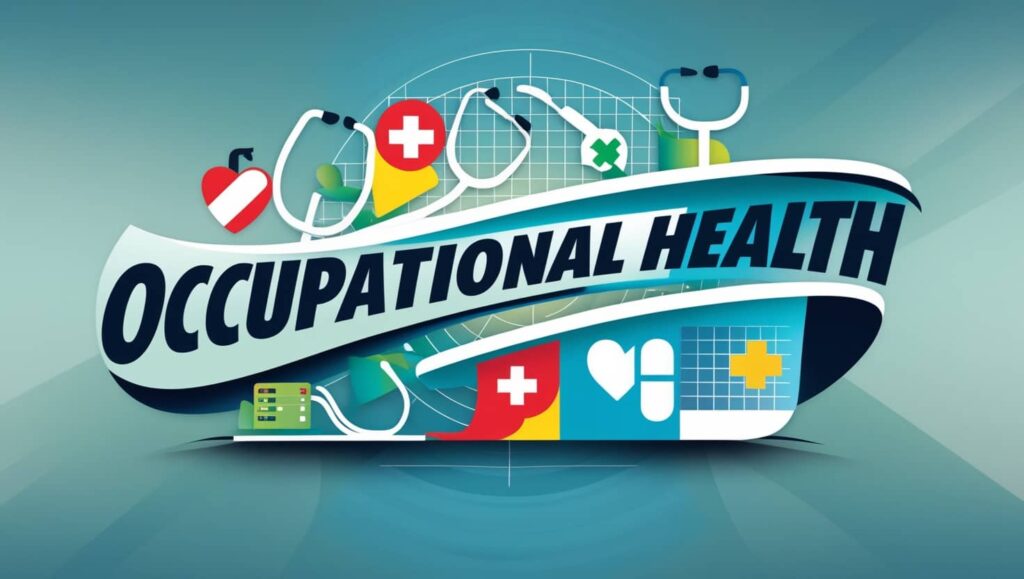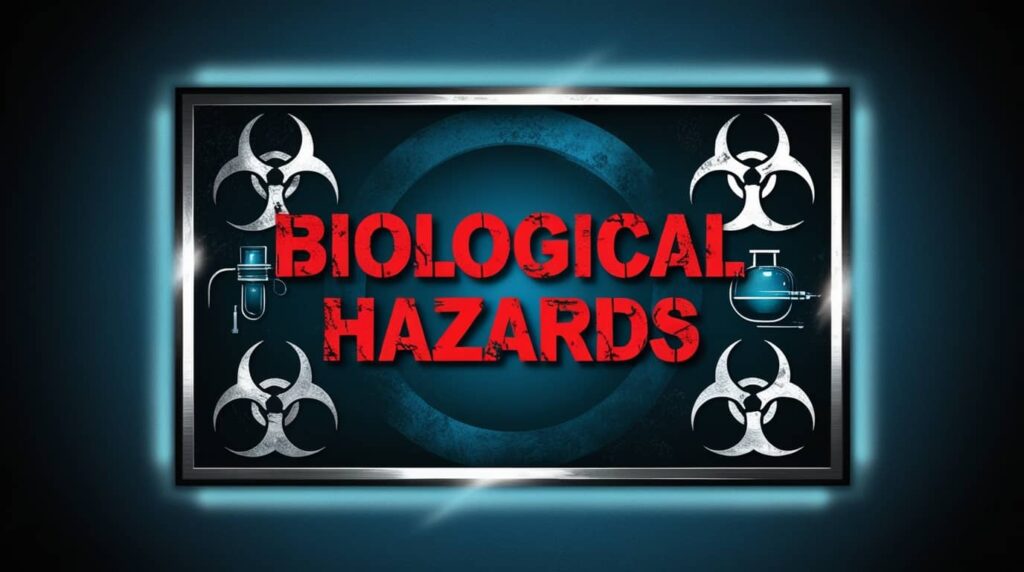Radiation exposures from radiological procedures represent the largest part of the population’s exposure to artificial radiation. We will discuss radiation dose limits for workers, pregnant females, ages 16-18, and public members.
Radiation exposure can cause cancer and non-cancer health effects, which vary greatly in the shape of the dose-response curve, latency, persistency, recurrence, curability, fatality, and impact on quality of life.
General Concepts to Understand Radiation Dose Limits
The effective dose limit represents the level above which the risk of stochastic effects from radiation is considered unacceptable.
This effective dose limit is insufficient to avoid deterministic effects for localized exposure to the eye’s lens, the extremities, and the skin.
To ensure that deterministic effects are avoided in the skin and the eye’s lens, an equivalent dose limit is required.
A dose limit is defined as the value of the effective dose or equivalent dose to individuals from controlled practices that must not be exceeded.
Maximum Radiation Dose Limits Per Year
a. Radiation Dose Limits for Workers
The occupational exposure of any worker shall be so controlled that the following limits be not exceeded: –
- An effective dose of 20 mSv per year averaged over five consecutive years (100 mSv in 5 years) and of 50 mSv in any single year.
- The Equivalent dose to the lens of the eye of 20 mSv per year averaged over five consecutive years (100 mSv in 5 years) and 50 mSv in any single year.
- Equivalent dose to the extremities (hands and feet) or the skin of 500 mSv in a year.
b. Radiation Dose Limits for 16-18 ages
The dose limits are for students between the ages of 16 and 18 who use sources during their studies and for apprentices between the ages of 16 and 18 who are being trained for jobs involving radiation.
The occupational exposure shall be so controlled that the following limits be not exceeded: –
- An effective dose of 6 mSv in a year.
- Equivalent dose to the lens of the eye of 20 mSv in a year.
- Equivalent dose to the extremities (hands and feet) or the skin of 150 mSv in a year.
c. Radiation Dose Limits for Public Members
- An effective Dose to a member of the public is 1 mSv in a year.
- Equivalent Dose in the lens of the eye shall not exceed 15 mSv in a year
- The equivalent Dose at any point on the skin shall not exceed 50 mSv in a year.
d. Radiation Dose Limits for Pregnant Female
A female worker who has announced her pregnancy and is occupationally exposed during normal operations must have her work arranged so that the equivalent dose to the fetus is as low as reasonably achievable and does not exceed 1 mSv for the remainder of the pregnancy.
Read Also: Karoshi – Death by overwork | Symptoms, Causes, and Risk factors
References
- Hamada, N., & Fujimichi, Y. (2014, July). Classification of radiation effects for dose limitation purposes: History, current situation and future prospects. Journal of radiation research. Retrieved December 31, 2022, from PubMed
- (PDF) radiation units, limits and dose constraints – researchgate. Retrieved December 31, 2022, from ResearchGate
- IAEASAFETY standardsseries. Retrieved December 31, 2022, from International Atomic Energy Agency
- Scientific, technical publications in the nuclear field | IAEA. Retrieved December 31, 2022, from International Atomic Energy Agency
- Regulation – fanr.gov.ae. Retrieved December 31, 2022, from Federal Authority for Nuclear Regulation







